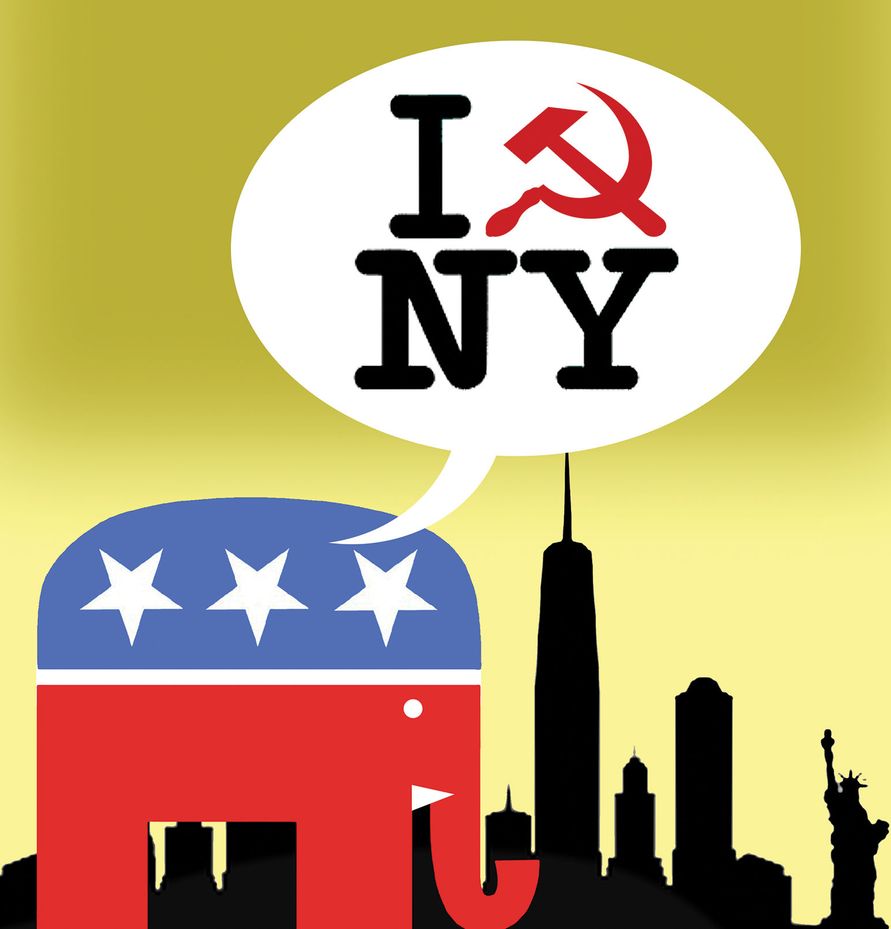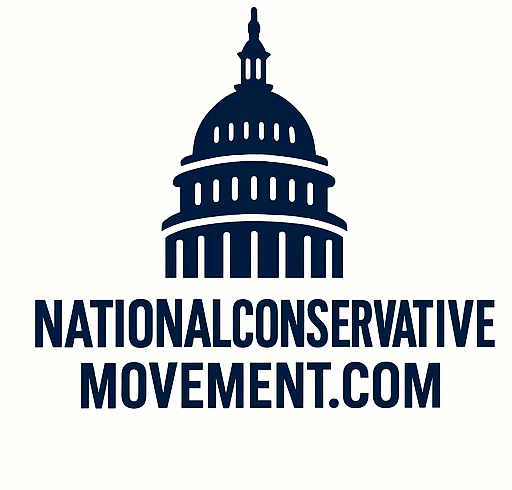
OPINION:
Republicans would be wrong to celebrate the rise of Zohran Mamdani, a socialist and likely next mayor of New York City, as a gift to campaign against.
New York is not a city the Republicans can capture.
Republicans can become mayor — Rudolph W. Giuliani governed from 1994 to 2001 — but they must deal with leftist city councils, governors and state legislatures.
Often, Republican mayors become more liberal than is palatable for Republicans elsewhere. That’s one reason Mr. Giuliani failed to win the Republican presidential nomination in 2008.
Republican Mayors Michael R. Bloomberg (2002 to 2013) and John Lindsay (1966 to 1973) eventually became Democrats.
The city is in a dead heat with San Francisco and Chicago for the poster child for all that’s wrong with Democratic governance.
Those inspire the “abundance” movement among more center-leaning Democrats to refashion the party as pro-growth, and Mr. Mamdani is part of the left-wing resistance to that thinking.
He wants to freeze rents for city-regulated apartments and increase taxes on the wealthy to finance free bus rides, preschool day care and city-run grocery stores.
Republicans should be careful about mocking him too much.
In May 2020, when the Democrats were priming former Vice President Joseph R. Biden to unseat President Trump, this column argued that millennials’ economic frustrations made young voters increasingly receptive to socialism.
Mr. Biden ran as a moderate, but he gave us a left-wing program that substantially increased the federal budget deficit from 2019 to 2024.
Mr. Mamdani has campaigned as a class warfare crusader in the fashion of Rep. Alexandria Ocasio-Cortez (those subsidized grocery stores would be aimed at food deserts in New York’s poorest neighborhoods), but look at where he scored his primary win.
His principal opponent, former New York Gov. Andrew Cuomo, won majorities in rent-burdened and poorer sections of the Bronx. Mr. Mamdani won by penetrating the dreams and frustrations of New York’s seemingly affluent middle class.
Allison Schrager, senior fellow at the conservative Manhattan Institute, noted that in Brooklyn, which is trendy these days and home to many young professionals, Mr. Mamdani appeared to do best in neighborhoods with heavy concentrations of frustrated elites. These are professionals in the creative arts, media, nonprofits and academia. Their circumstances highlight a growing divide among college-educated young Americans.
Increasingly, American competitive advantages are concentrated in finance, high-tech and media, and so are the well-paying jobs.
Many young people are burdened by heavy college debt and face homes they can’t afford to buy and burdensome rents.
Put simply, if you’re not a banker, engineer, rock star in the media or sports, or big-firm attorney writing their contracts, you’re probably not paid what it takes to live in a city like New York.
It’s common to encounter 30-somethings who have lost high-paying jobs to business conditions and downsizing and now can’t find a comparable position.
Ford CEO Jim Farley says artificial intelligence will eliminate half of all white-collar jobs.
That’s an exaggeration, but CEOs are increasingly looking to use AI to expand their companies while shrinking head counts to boost profitability.
AI has magnificent potential to raise productivity and create new prosperity if that translates into hypergrowth of 3% or 4% annually. To do that, governments must ensure that schools impart the right skills and aggregate demand is strong enough to pull us through.
High school offerings and Mr. Trump’s tariffs and immigration crackdown are the antitheses of those.
High school juniors in vocational programs are getting $70,000 job offers because schools offer too few of those training opportunities.
Tariffs are taxes and will either raise prices or force businesses to find new ways to cover the costs of newly taxed imported materials, components and products for resale (read: find new ways to trim payrolls).
Economists worry about tariffs creating a wage-price spiral, but what about a deflationary vortex of payroll cuts followed by less consumer spending? (Repeat, repeat.)
Mr. Trump’s tax cuts are mostly extensions of the 2018 Tax Cuts and Jobs Act. New benefits are rifled shots to tipped workers, hourly workers receiving overtime pay and low- and moderate-income seniors.
To the extent that tariffs raise prices, most Americans won’t receive extra cash from the One Big Beautiful Bill Act to pay for them.
Immigrants fill vital gaps in our needs for technical skills and for less-skilled workers, where we don’t have enough. Consider construction and the high price of housing.
The latest jobs report was depressing.
July delivered just 73,000 new positions. In the private sector, health care and social services, which are highly dependent on government largesse, were the prime movers.
That might not be a one-off but rather a preview of coming attractions.
The unemployment rate remains low because more folks are now leaving the job market, frustrated and discouraged.
Capitalism usually outperforms socialism, but it requires good stewardship to deliver.
• Peter Morici is an economist and emeritus business professor at the University of Maryland, and a national columnist.














